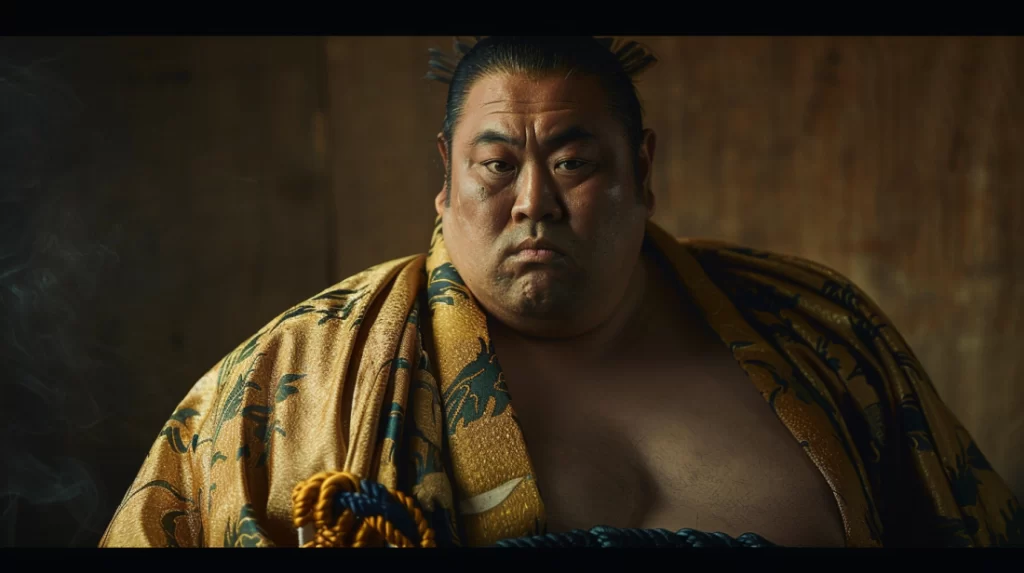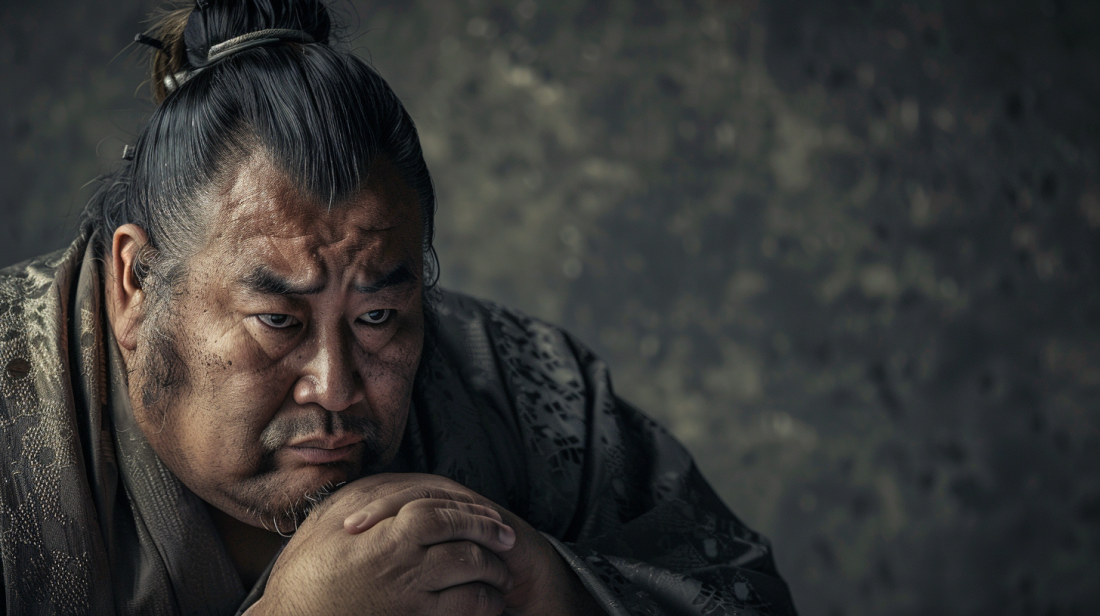Sumo wrestling, a sport rich with history and tradition, is not only Japan’s national sport but also a cultural heritage that dates back centuries. Integral to appreciating sumo fully is an understanding of its unique terminology, which encompasses aspects of the sport’s techniques, rituals, ranking system, and daily life of wrestlers.
This glossary of 18 key sumo terms offers insights into the complex world of sumo and helps enthusiasts gain a deeper appreciation of what occurs in and around sumo ring.
1. Dohyō
The dohyō is the circular ring where sumo matches take place. Made of clay and sand, it is considered sacred ground in sumo culture.
2. Rikishi
This term refers to a sumo wrestler. It is a respectful way to address these athletes, acknowledging their dedication to the sport.
3. Basho
A basho is an official sumo tournament. There are six grand tournaments held annually, each lasting 15 days.
4. Yokozuna
The highest rank in sumo, yokozuna is a title that signifies not only supreme skill but also a demonstration of great dignity and grace.
5. Ozeki
Just below yokozuna, ozeki is the second-highest ranking in sumo. Achieving ozeki status requires consistent top-level performance.
READ MORE: The Connection Between Sumo Wrestling and Shinto Rituals Explained
6. Sekiwake
This is a senior rank in sumo, below ozeki. Wrestlers at this level are often contenders for promotion to higher ranks.
7. Mawashi
The heavy silk belt that rikishi wear during matches. It is also used strategically in bouts, as wrestlers try to grip their opponent’s mawashi to gain an advantage.
8. Tachiai
The initial charge at the start of a sumo bout. The tachiai is crucial, as it sets the tone for the encounter.
9. Hakkeyoi
A term used by the referee to encourage wrestlers during a bout, especially when there is a lull in the action.
10. Kinjite
Forbidden techniques in sumo. These moves, such as pulling hair or hitting with a closed fist, can lead to disqualification.
READ MORE: 25 Amazing Things About the Sumo Legend Akebono
11. Kachi-koshi
A majority of wins in a tournament, securing a kachi-koshi (more wins than losses) often leads to promotion in the ranking system.
12. Make-koshi
The opposite of kachi-koshi, this term denotes a majority of losses, which can result in demotion.
13. Shikona
A sumo wrestler’s ring name, often a reflection of their stable, characteristics, or aspirations. These names are deeply symbolic.
14. Gyoji
The referee in a sumo match. Gyoji wear traditional robes and use a fan to signal their decisions.
15. Heya
A sumo stable where rikishi train and live. Each heya operates like a family, with its own traditions and training methods.
READ MORE: 20 Amazing Things About Sumo Wrestling: Japan’s Grand Sport
16. Chanko-nabe
The staple dish of sumo wrestlers, this hearty stew is packed with protein and vegetables, designed to help rikishi gain weight.
17. Sanyaku
The collective term for the top ranks in sumo (yokozuna, ozeki, sekiwake, and komusubi).
18. Kensho
Monetary sponsorships awarded per bout. Kensho banners are paraded around the ring before high-stakes matches.
Conclusion
Understanding these terms provides a window into the world of sumo wrestling, illuminating the sport’s depth and cultural significance. Each term carries weight, offering insights not only into the mechanics of sumo but also its enduring traditions. For anyone looking to deepen their appreciation of this ancient sport, familiarizing oneself with this vocabulary is a great start. Whether you’re a seasoned fan or a curious newcomer, these terms enrich the viewing experience, connecting you more closely to the thrilling, ritualistic world of sumo.


